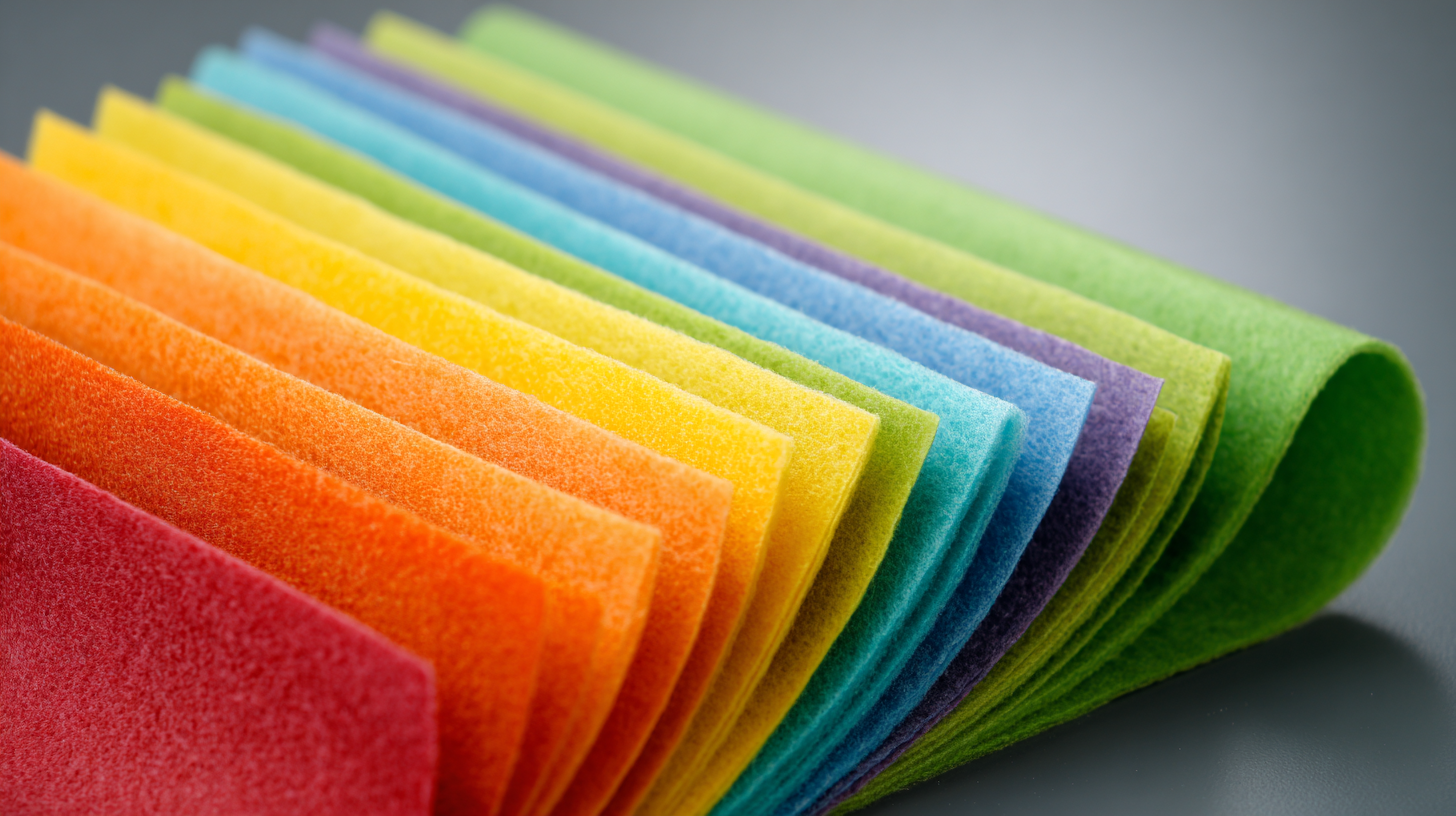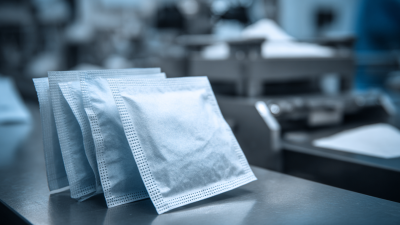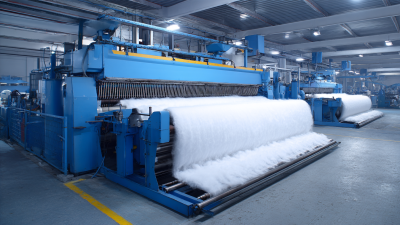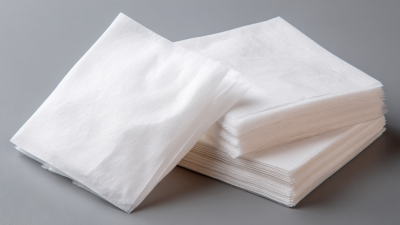
Leave Your Message
-
 CONTACT WhatsApp
CONTACT WhatsApp -

-

-
 CONTACT NUMBER
CONTACT NUMBER -
 CONTACT EMAIL
CONTACT EMAIL





Choosing the right nonwoven fabric for your project can seem daunting with the myriad of options available on the market today. Nonwoven fabric, known for its versatility and unique properties, plays a crucial role in various applications ranging from medical supplies to home textiles. Understanding the distinct characteristics of nonwoven materials—such as fiber composition, production methods, and intended use—is essential for making an informed decision that meets your specific project needs. Whether you're crafting a DIY project, developing a product line, or seeking solutions for industrial applications, this guide will provide you with the necessary insights to navigate the selection process. By considering factors like durability, texture, and functionality, you can confidently choose the right nonwoven fabric that not only enhances your project but also aligns with your goals and requirements.
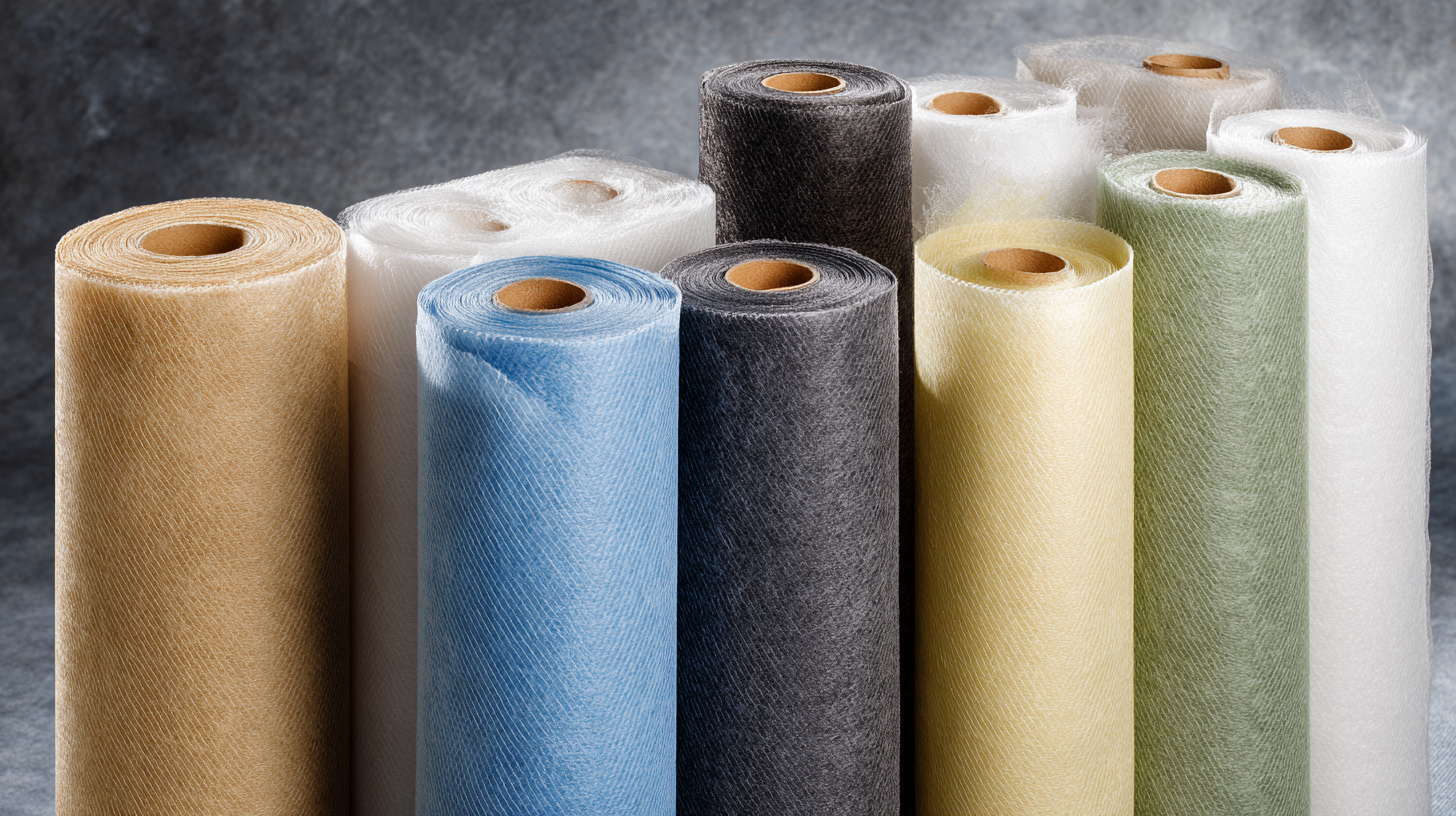
When selecting the right nonwoven fabric for your project, understanding the different types and their properties is essential. Nonwoven fabrics, categorized primarily into spunbond, meltblown, and needlepunch, each have unique characteristics suited for various applications. According to a report from MarketsandMarkets, the global nonwoven fabric market is projected to reach USD 50.48 billion by 2025, highlighting the growing demand for these versatile materials in industries such as hygiene, medical, and construction.
Spunbond fabrics are known for their durability and tear resistance, making them ideal for products like geotextiles and agricultural covers. Meltblown fabrics, on the other hand, are prized for their filtration properties, commonly utilized in surgical masks and air filters. Needlepunch fabrics, created through a process involving the entanglement of fibers, are often used in carpets and automotive interiors due to their resilience and texture diversity.
**Tips:** When choosing a nonwoven fabric, consider the end-use; for instance, if moisture resistance is critical, opt for spunbond or meltblown materials. Additionally, assess the weight and thickness, as these factors can significantly affect the fabric's performance in your project. Don't hesitate to ask suppliers for samples to ensure you're selecting the right type for your specific needs.
When selecting nonwoven fabrics for specific applications, it's crucial to consider several key factors that can influence the effectiveness and suitability of the material. First, assess the intended use of the fabric. Whether it's for protective clothing, medical applications, or household goods, understanding the functional requirements will guide your material choice. For instance, a filtration application may require a fabric with fine fiber structure for improved particle capture, while a product meant for durability, like geotextiles, may benefit from a heavier, tougher nonwoven.
Tips: Always check the physical and chemical properties of the nonwoven fabric. Properties such as tear strength, air permeability, and absorbency can significantly affect performance. Additionally, consider whether the fabric will be exposed to environmental factors like moisture or UV light, as this will inform you about the longevity and reliability of the material in its specific application.
Another essential factor is the manufacturing method of the nonwoven fabric. Different methods, such as spunbond, meltblown, or needle-punched, impart unique characteristics to the fabric. For example, spunbond fabrics are known for their strength and resilience, making them ideal for industrial applications. On the other hand, meltblown fabrics offer high filtration efficiency, making them suitable for medical masks and air filters. Understanding these production methods will aid in choosing a nonwoven fabric that not only meets performance needs but also aligns with project budget and sustainability goals.
When selecting the right nonwoven fabric for your project, evaluating performance standards such as strength, durability, and filtration efficiency is crucial. Strength refers to the ability of the fabric to withstand various forces without tearing or deforming. It is essential for applications that involve heavy usage or rigorous conditions. For instance, in construction or hygiene products, a high tensile strength ensures that the fabric maintains integrity during handling and enhances the overall efficacy of the product.
Durability goes hand-in-hand with strength, determining how well the fabric can resist wear, environmental factors, and other stressors over time. When choosing a nonwoven fabric, consider its longevity in relation to the specific application. For example, fabrics used in outdoor settings must endure UV exposure and moisture without degrading. Finally, filtration efficiency is paramount for fabrics intended for protective gear or air filtration systems. The ability of the fabric to capture particles without sacrificing breathability plays a critical role in its effectiveness. Hence, a thorough assessment of these performance standards will guide you in selecting the nonwoven fabric that best fits your project's requirements.
When selecting nonwoven fabrics for a project, cost-efficiency is crucial. Achieving the right balance between quality and budget requires a careful analysis of material options available in the market. High-quality nonwoven fabrics often promise durability and performance, but they come with a higher price tag. Therefore, it is essential to define the project's requirements clearly, ensuring that you choose a fabric that meets the functional needs without overspending.
Another key factor in cost-efficiency is understanding the long-term value of various nonwoven fabrics. While some inexpensive options may seem appealing upfront, they may lack the inherent strength or longevity required for specific applications. This could lead to frequent replacements and increased overall costs. Evaluating the lifecycle cost and potential savings from reduced maintenance or replacement should be part of the decision-making process. By balancing quality and budget, you can select a nonwoven fabric that not only fulfills your project requirements but also aligns with your financial constraints.
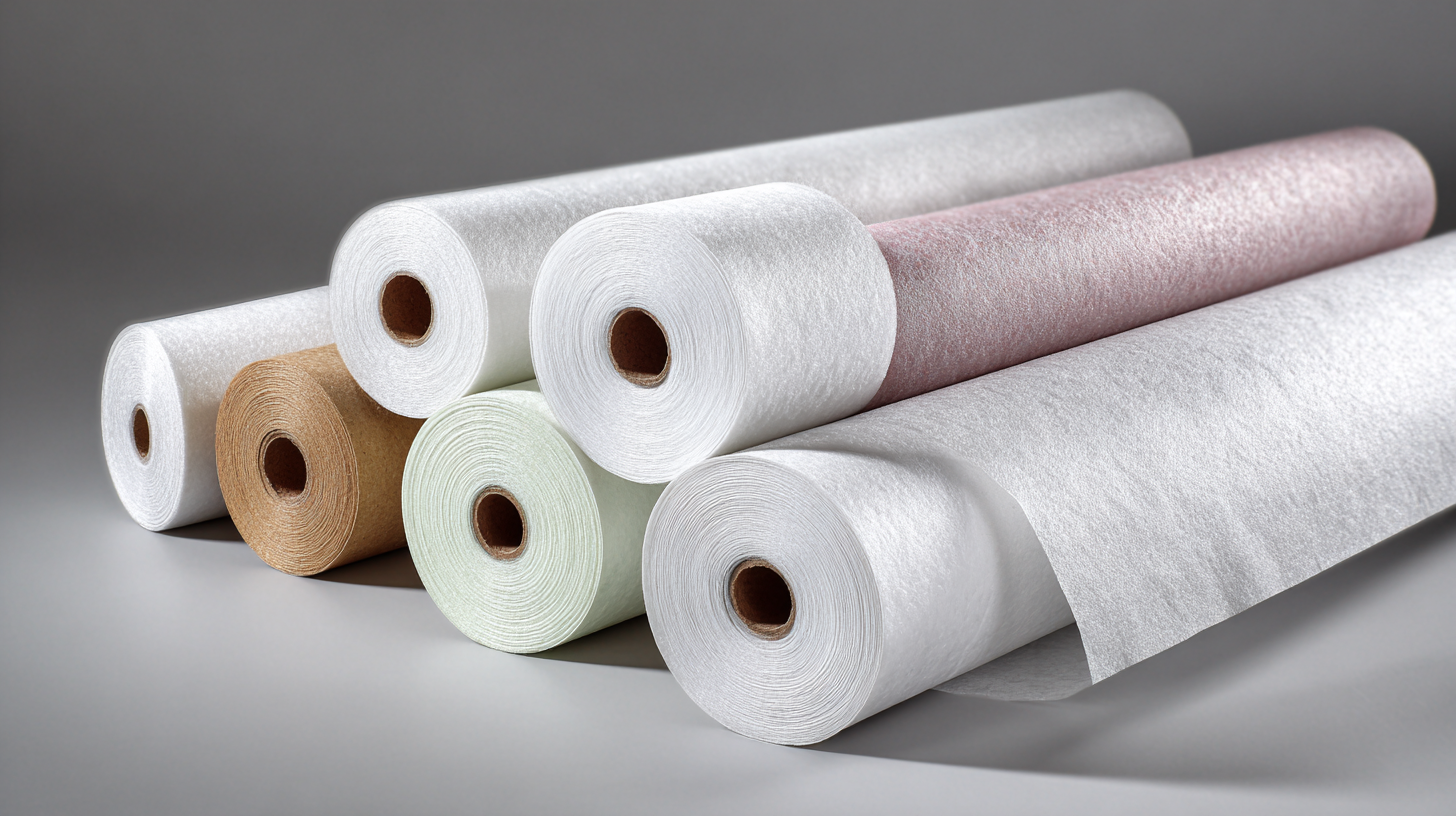
Sustainability has become a critical factor in the selection of nonwoven fabrics for various applications. With the global nonwoven fabric market projected to reach $50.1 billion by 2025, the emphasis on eco-friendly options is more relevant than ever. Many manufacturers are now exploring biodegradable materials and recycled fibers to meet growing consumer demand for sustainable products. According to a report by Smithers Pira, the market for sustainable nonwoven materials is expected to grow by 10% annually as brands strive to enhance their environmental credentials.
Certifications play a vital role in ensuring that nonwoven fabrics meet specific sustainability standards. The Global Recycling Standard (GRS) and Oeko-Tex Standard 100 are two prominent certifications that indicate a product's sustainable practices. Fabrics that carry these certifications are verified for their recycled content and are free from harmful substances, providing consumers with a transparent choice. As the textile industry faces increasing scrutiny regarding its ecological impact, investing in certified, eco-friendly nonwoven options not only contributes to a healthier planet but also aligns with the values of environmentally conscious consumers.
